Soy sauce of a dark color is thicker, darker and richer than regular soy sauce. It is used in Chinese, Korean and Southeast Asian cooking to add taste as well as color. Soy Sauce can last years in storage, and doesn’t really go bad. However, many kitchens may not have this necessary ingredient. Therefore, we are going to show you fourteen wonderful substitutes for it. Each replacement has been assessed based on how closely does it simulate the characteristics of dark soy sauce and what quantities to use to make an accurate dark soy sauce substitute.
What is Dark Soy Sauce?
First what is dark soy sauce? Dark soy sauce originates from China over 2000 years ago, and it is a traditional version of the popular sauce. It is made by fermenting and aging for longer than light soya sauce. Often fermented over 6 months (Dark soy vs Light Soy). The thickness is one of its features which differ it from lighter soy; also, it has a deep color and sweet flavor. Chinese, Korean or Southeast Asian meals often use Dark Soys.
14 Best Substitutes for Dark Soy Sauce
1. Tamari
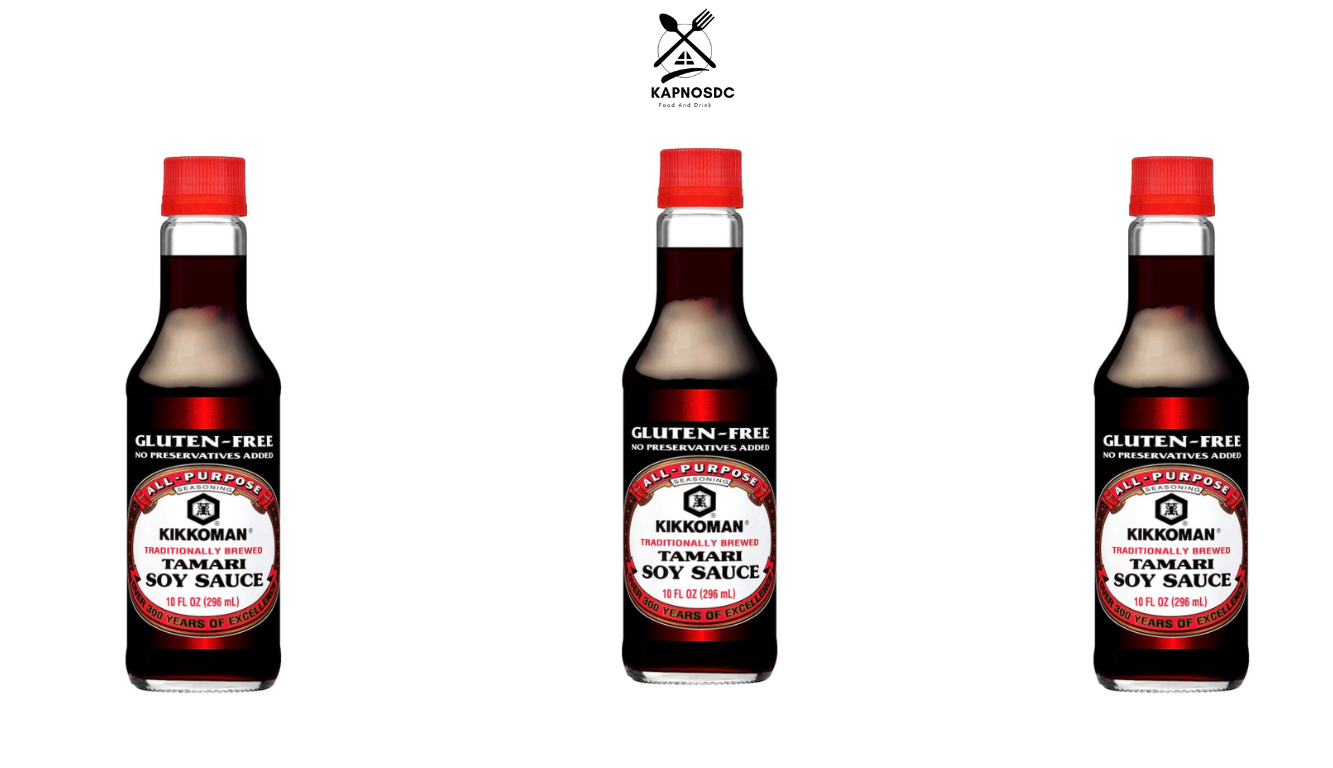
Just like dark soy sauce, tamari has this deep and intense flavor that sets it apart in Chinese cuisine. This is made as a byproduct when making miso paste hence typically free from gluten for those who may be on a gluten-free diet. Tamari is preferred because of its complex taste which is less salty compared to the regular soya sauce. Also, it can easily replace dark soya sauce in your cooking recipes.

Tamari is commonly described as an excellent substitute for dark soy sauce; it provides a strong umami taste and thick consistency. The way it’s produced —as a result of making miso paste— gives it its own unique character among other sauces with similar flavors such as teriyaki or hoisin sauce. Consequently, this makes tamari have more intense flavor notes than traditional soya sauces while having lower levels of saltiness too. The use of rice ensures that most types are gluten-free however some brands might contain traces of wheat therefore caution should be exercised.
2. Oyster Sauce
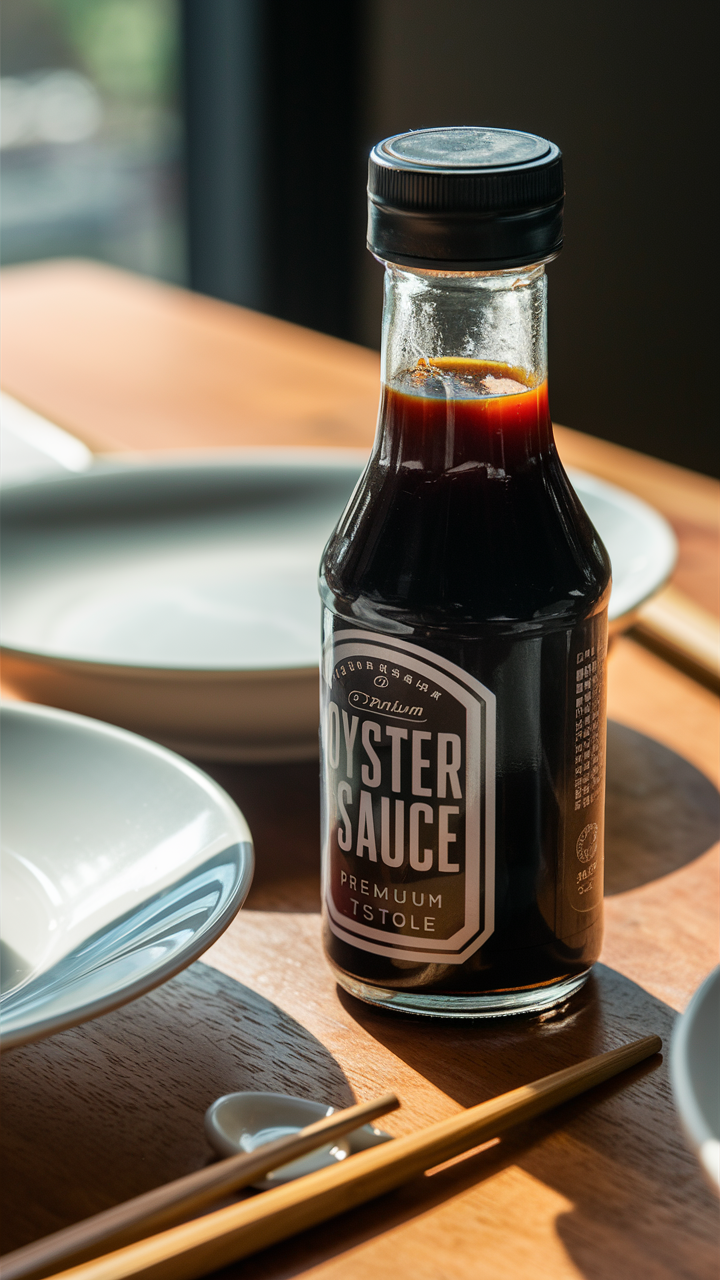
The singular flavor of oyster sauce comes from oysters and other components combined in a thick brown condiment. Oyster sauce is salty and savory like dark soy sauce, but with more umami. Because of this it can be used to make stir-fries tastier or act as a base for marinades. For those who are vegan there is an alternative made out of mushrooms that doesn’t contain any animal products whatsoever. If you have recipes calling for it just know that one tablespoon equals one tablespoon so there’s no need to worry about adjusting anything else!.
3. Hoisin Sauce
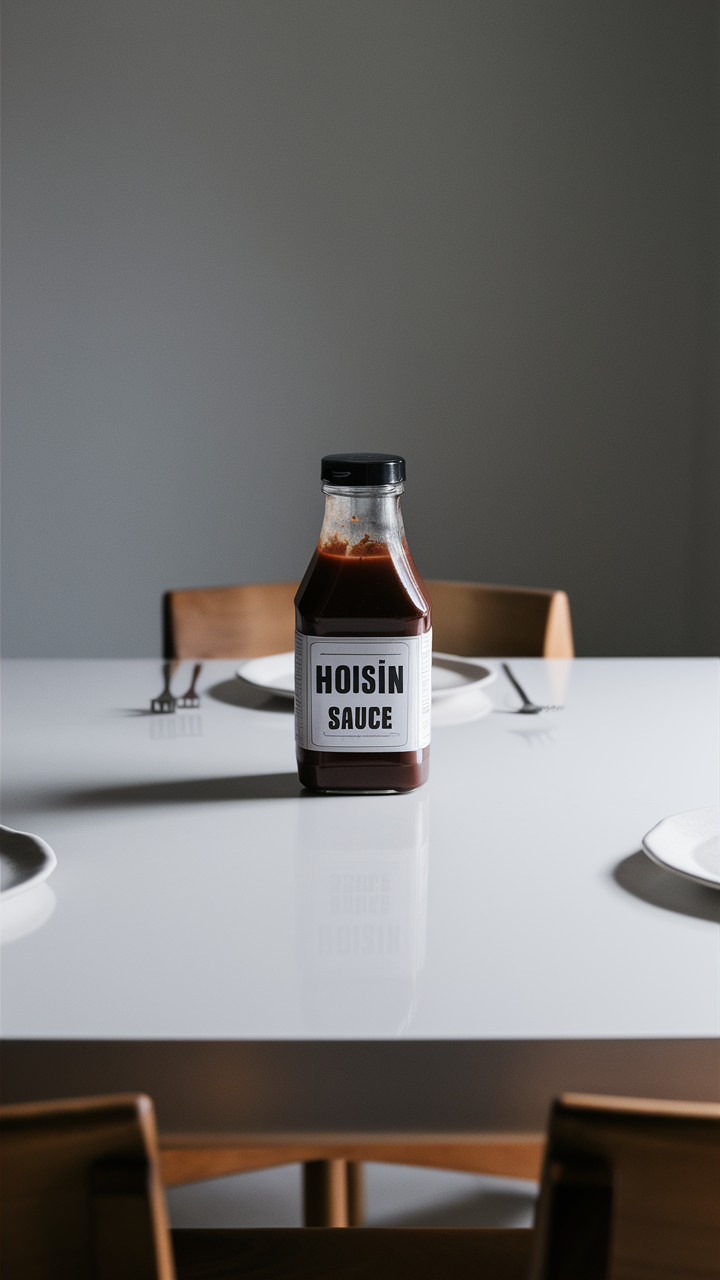
Hoisin sauce is a popular sweet as well as savory element in Chinese cuisine. It has got a thick texture and combines soy sauce with garlic, chili peppers, and various spices. In fact, it does not duplicate dark soy sauce but still can act as its substitute where necessary — particularly for dishes that require some sweet umami kick. Therefore one may use hoisin instead of the latter knowing that this might slightly alter the taste.
4. Teriyaki Sauce
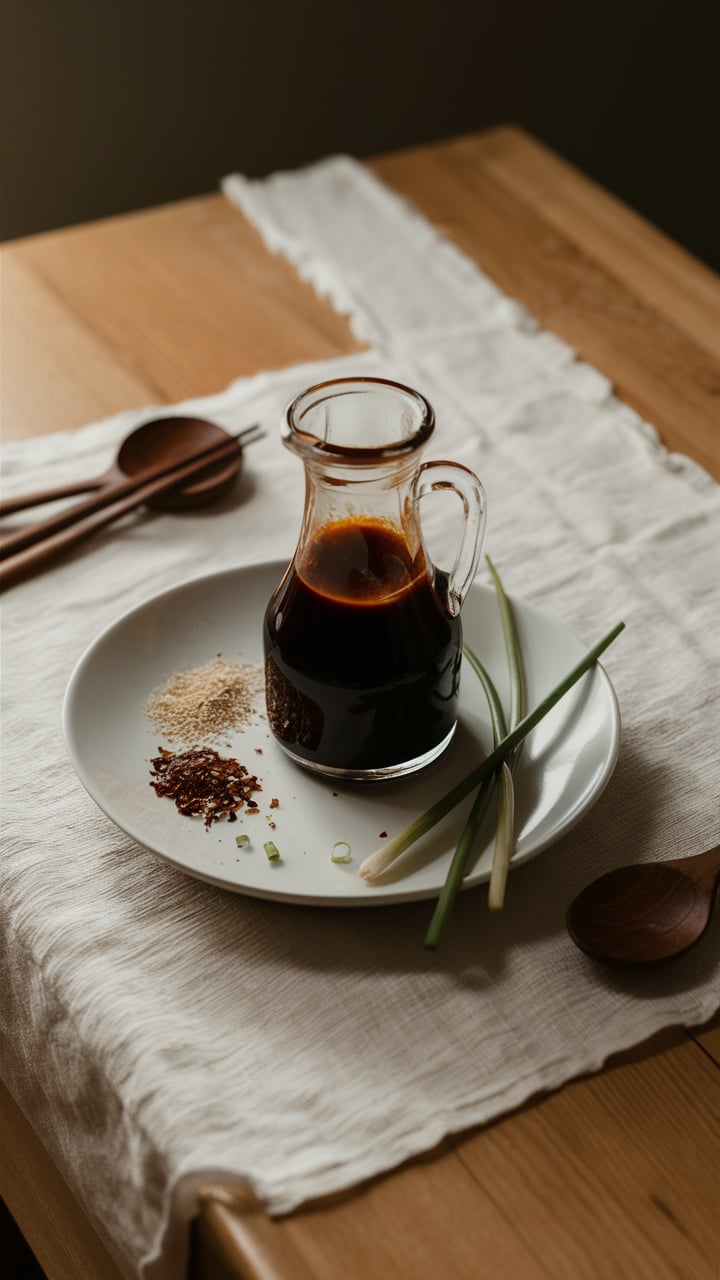
Teriyaki sauce is a well-known Japanese condiment. This sauce is created from soy sauce, sugar, sweet rice wine (mirin), and sometimes ginger and garlic which gives it a unique flavor. The primary use of this sauce is to add both sweetness and saltiness into dishes. It has a thicker consistency than regular soy sauce.
With its versatility, this sauce can substitute dark soy sauce in 1:1 ratio perfectly. Thus it works best for marinades, glazes or sauces where the sweetness matters most. It imparts a well-rounded taste to meals and can be used across different methods of cooking.
5. Fish Sauce
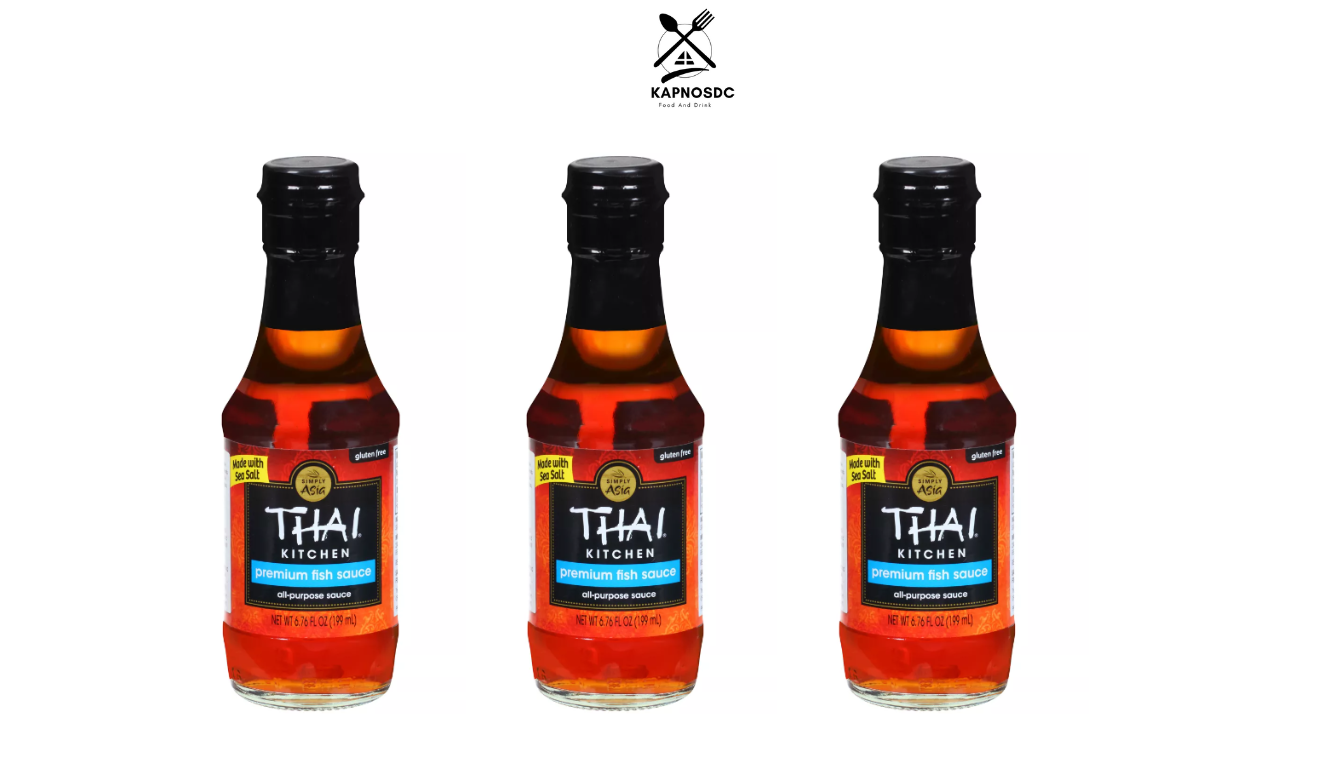
Fish sauce is an important ingredient in many Southeast Asian dishes. It is made by fermenting fish, usually anchovies, with salt. This process produces a strong, salty and tangy umami flavor unlike anything else. It can be used as a substitute for dark soy sauce in Thai or Vietnamese influenced recipes but should be used in smaller amounts because of its overpowering taste.
6. Worcestershire Sauce
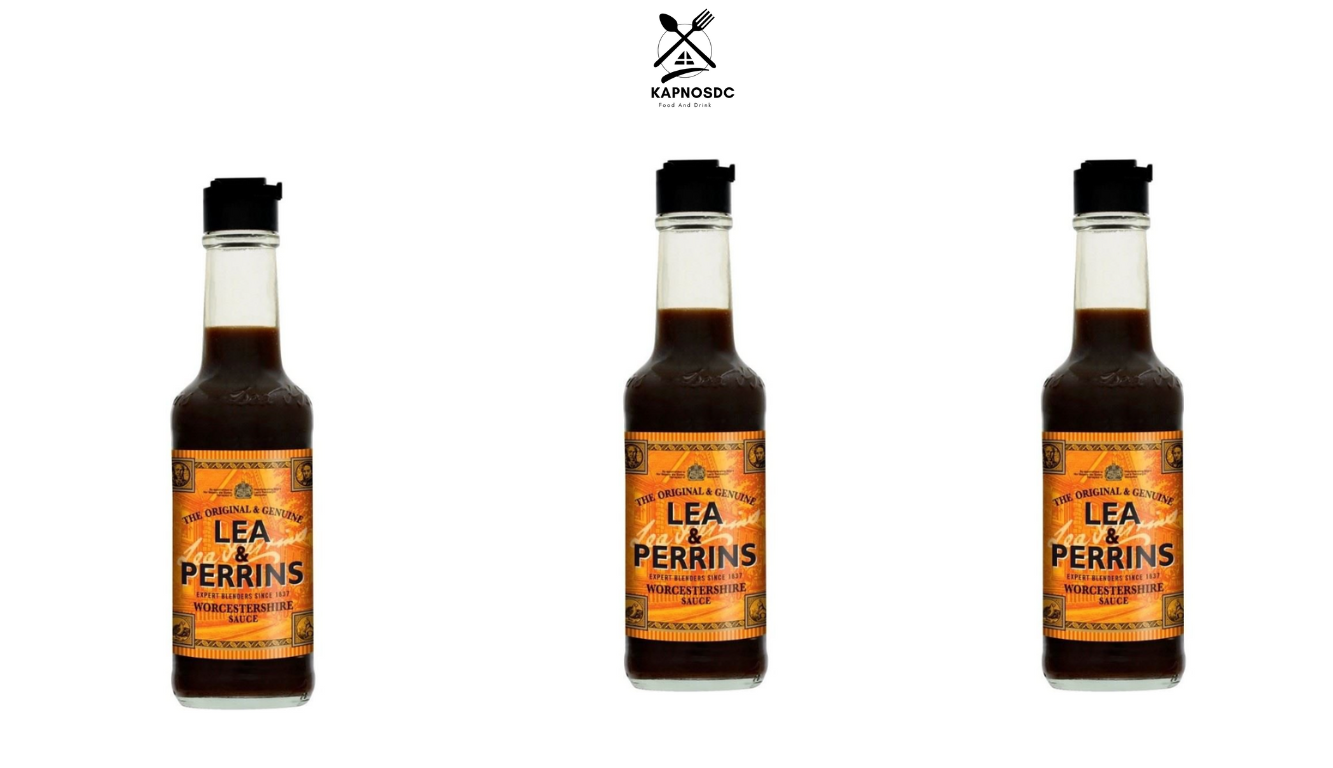
Worcestershire sauce, a fermented liquid condiment, comes from Worcester, England. It boasts a rich umami flavor, a result of anchovies, garlic, onions, molasses, and multiple spices. Although it differs significantly from dark soy sauce, Worcestershire can stand in as a sub in certain dishes. Tread lightly, though, when using it to replace dark soy sauce, as a little goes a long way.
7. Coconut Aminos
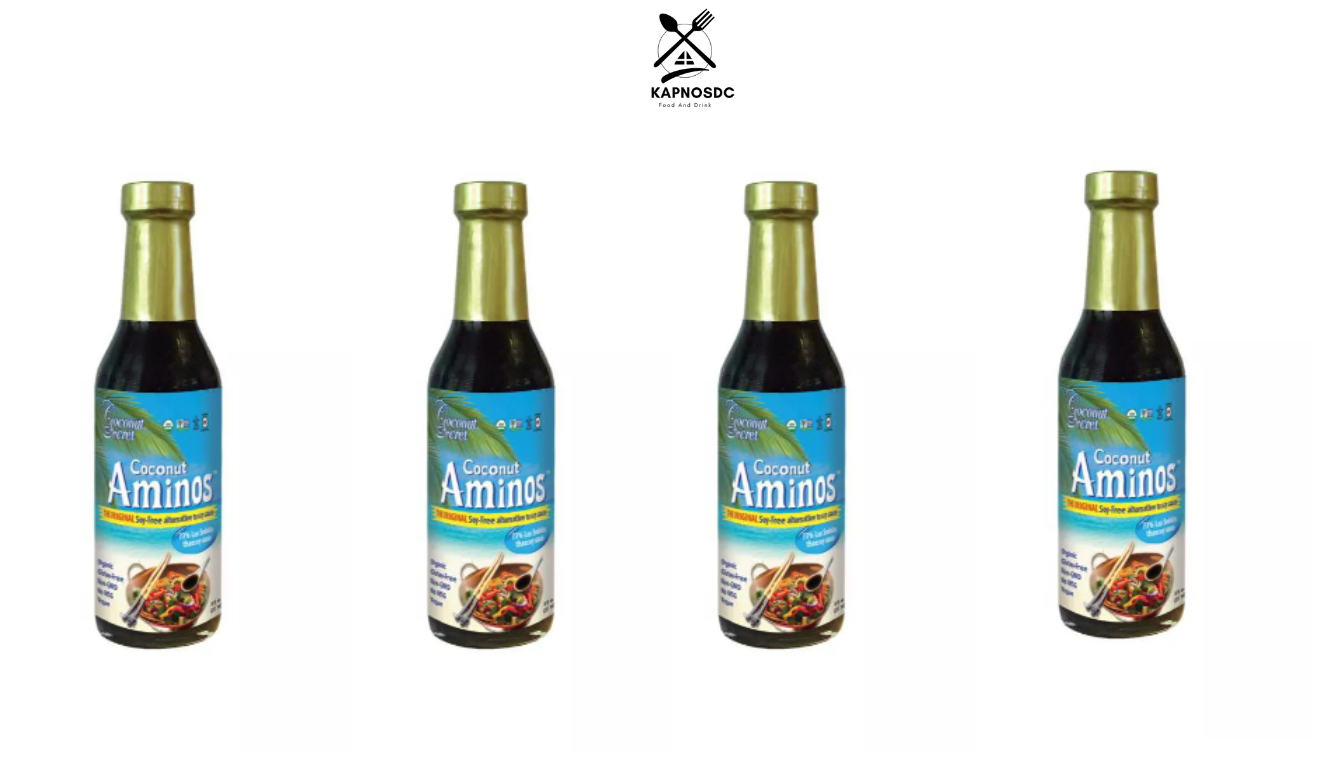
The sap of coconut trees makes coconut aminos. It has the same flavor as soy sauce but is less salty and slightly sweet. This sauce is widely used by people who don’t eat soy or gluten, they use it as an equal replacement for dark soy sauce. It does work well with dishes despite being lighter in color and having a little different taste.
This can be called low sodium product because of containing 90 mg sodium per teaspoon (5 ml), which is far less than that found in soy sauce. For example, regular soy sauce contains 280 to 320 mg sodium per teaspoon (5 ml). That’s why people on low-sodium diet prefer using this instead of traditional soya sauces which tend to have high levels of salt.
Another advantage over soya sauces is its lower sugar content – just 1 gram per teaspoon!
But everything has its drawbacks and the biggest one here would probably be price – coconut aminos cost around 45-50% more per fluid ounce (30 ml) when compared to regular soya sauces.
Using coconut aminos in recipes often requires a simple swap at a 1:1 ratio with soy sauce.
8. Molasses with Light Soy Sauce
If you’re missing dark soy sauce, creating a substitute is easy. Combine molasses and light soy sauce to mimic its flavors. The molasses adds the deep color and sweetness. Light soy sauce brings the saltiness and umami. Use 0.75 tablespoon of light soy sauce and 0.25 tablespoon of molasses for every one tablespoon of dark soy sauce needed.
9. Black Bean Sauce
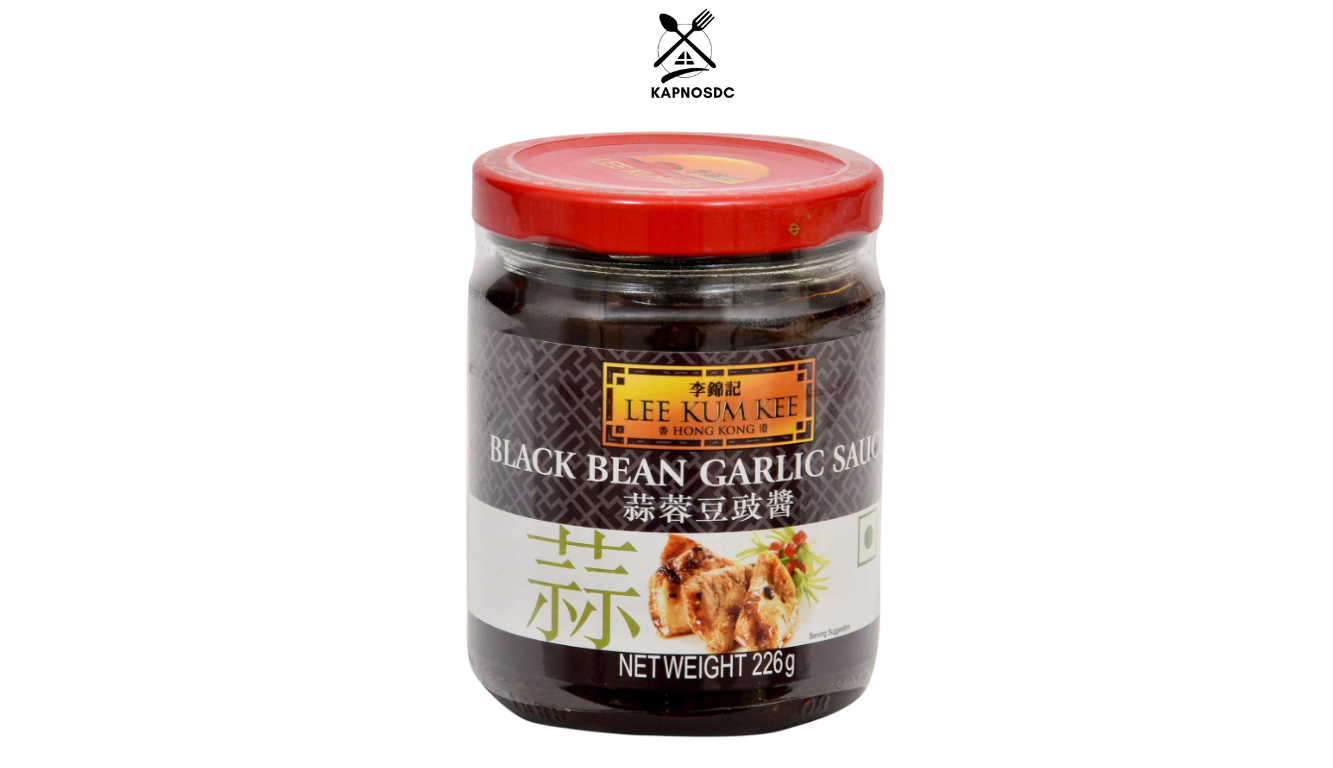
Black bean sauce is a condiment made from fermented black soybeans, garlic and other spices. It has a thick, dark texture and a strong taste that combines saltiness with some sweetness, so it can be used instead of dark soy sauce in many recipes such as stir-fries or glazes. While it does change the flavor slightly, using black bean sauce in place of dark soy sauce is usually successful.
Just like the umami punch delivered by dark soy sauce, the fermented black beans give layers of flavors to black bean sauce.
10. Soy Sauce with Brown Sugar
For a quick fix without pre-made dark soy sauce, mix light soy sauce with brown sugar. This combo imitates the depth and sweetness of dark soy sauce. Use 0.75 tablespoon of light soy sauce and 0.25 tablespoon of brown sugar.
This blend mirrors dark soy sauce’s umami-sweet flavor and deep color. It’s perfect when you’re out of your usual supply.
11. Miso Paste with Water
Miso paste is the basis of Japanese cooking and adds a different flavor to dishes. It can be used instead of dark soy sauce. Mix one part miso paste with one part water until it is smooth to substitute for dark soy sauce. This mixture has a savoury taste that goes well with recipes requiring dark soy sauce because of its umami content.
12. Shiitake Mushroom Sauce
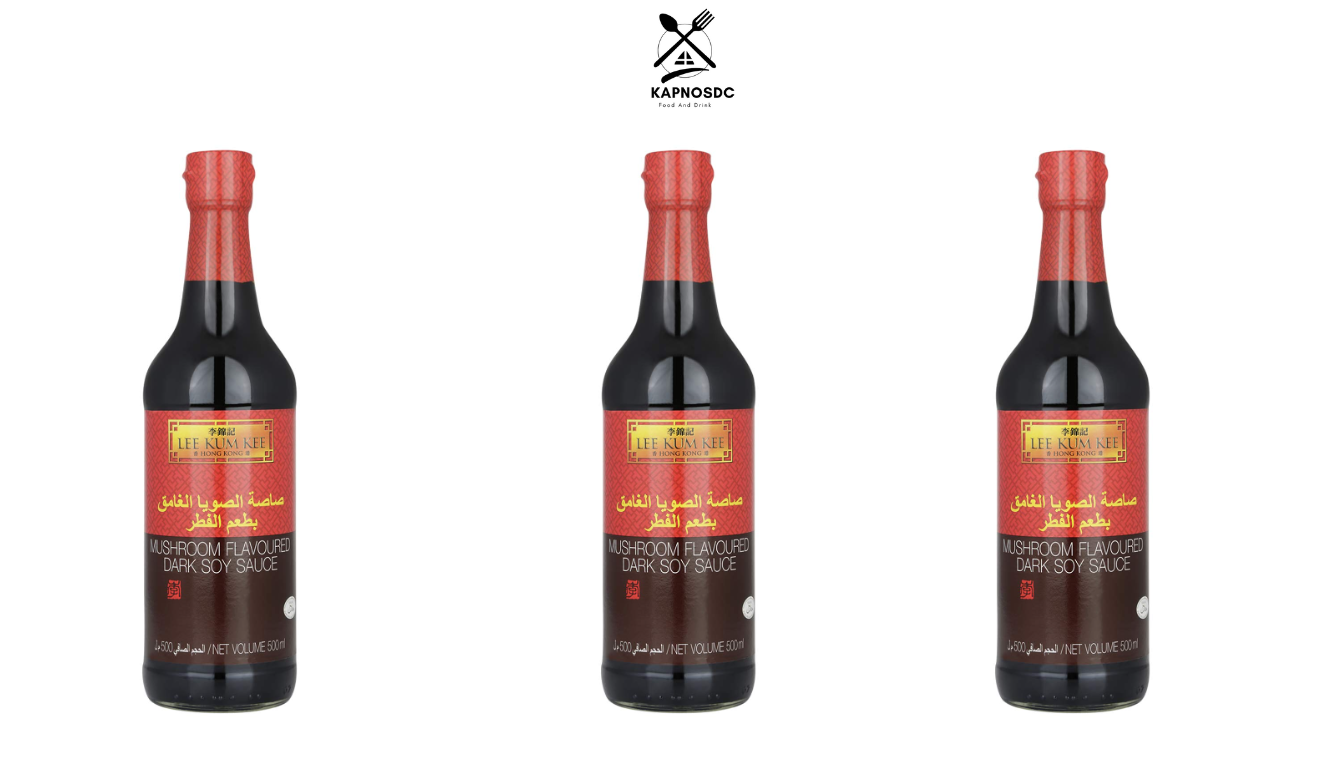
Vegetarian oyster sauce, also known as shiitake mushroom sauce, is a dark and earthy sauce made from mushrooms. It is a vegetarian substitute for traditional oyster sauce. The recipe of this sauce is very versatile because it has the similar deep umami and salty notes like dark soy sauce which can be used interchangeably in the ratio 1:1 for different dishes.
If a recipe calls for 1 tablespoon of dark soy sauce, you can use 1 tablespoon of Shiitake Mushroom Sauce, 1 teaspoon of light soy sauce for extra saltiness, 1/2 teaspoon of molasses or brown sugar for color and sweetness, A splash of water to adjust consistency
13. Dark Miso
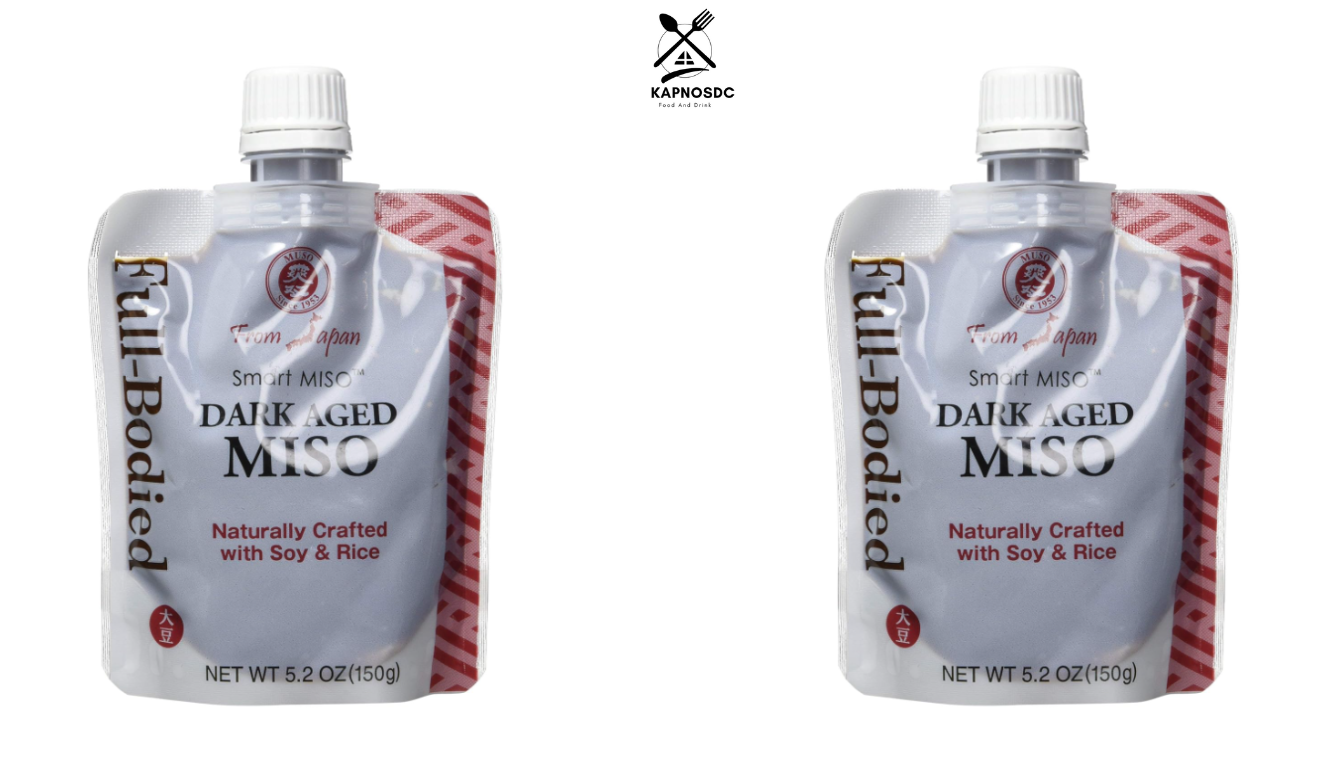
Dark miso, a powerful fermented soybean paste that it can be used instead of dark soy sauce. It contains more nuanced taste than lighter versions. Dark miso combines sweetness and umami in such a way that it echoes the character of dark soy sauce.
To replace an equal amount of dark soy sauce in your recipes mix 1 tablespoon of dark miso paste with 1 tablespoon water.
14. Kecap Manis

Originating from Indonesia, Kecap Manis or sweet soy sauce is described as dark soy sauce with a twist. It’s thick, syrupy consistency balances saltiness against sweetness in equal measure. When substituting for another recipe, treat it the same way as you would ordinary dark soy sauce.


Why do we need so many substitutes for dark soy sauce? Just buy the real thing. These options don’t even taste the same.